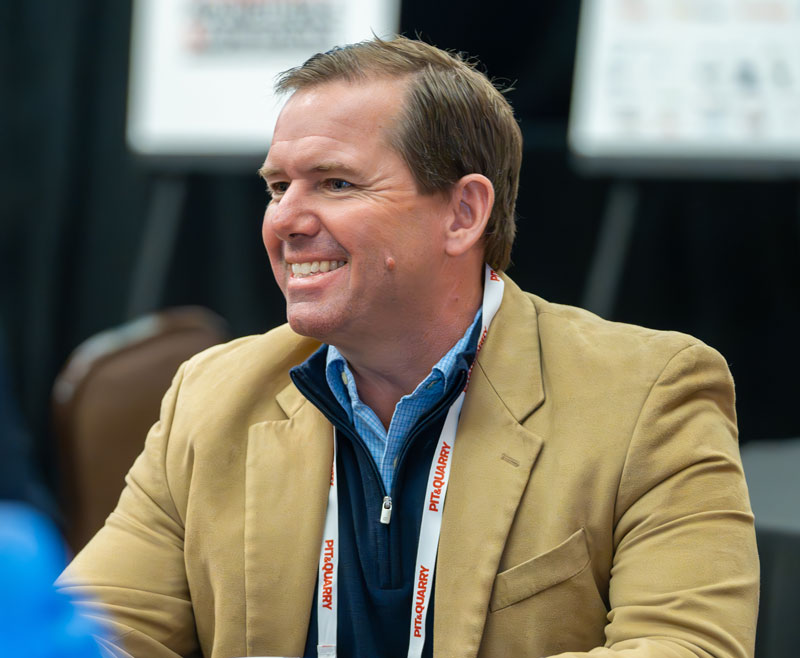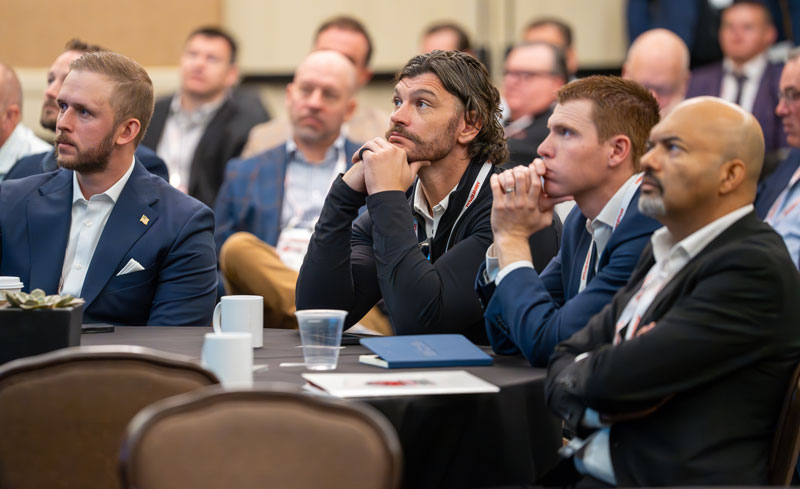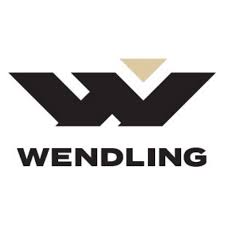The following transcript was edited for brevity and clarity from one of two concurrent Jan. 31 discussions at the 2025 Pit & Quarry Roundtable & Conference at The Wigwam Resort. Part 1 can be found here.
KEVIN YANIK (PIT & QUARRY):For producers: How are you preparing for your company’s equipment and technology future? Are you exploring AI or further digitalizing equipment? Going electric for fleets or processing equipment? Is there interest or a potential future in one or more of these areas?
For suppliers: How are you integrating technology into your traditional innovation?
CHRIS WILLIAMS (CAPITAL AGGREGATES): Without sharing the company’s name, we’re currently evaluating a Silicon Valley startup and their product that is semiautonomous hauling. The station can be anywhere, but there’s an operator running multiple machines.
We’re trying to find a way to break into a space that utilizes new technology for safety and cost efficiency at our site. But there’s a challenge in that it costs more to try technology, knowing you’re going to have headaches trying to get it fully online. It’s so hard to take a proposal to an ownership group where we’ll increase costs to leverage technology.
But, if manufacturers and creators of technology can figure out a way through that conundrum, the sky is the limit. I think most of us are ready to embrace it as soon as it’s economically viable.
CHAD GREENFIELD (SYNTRON MATERIAL HANDLING): From the manufacturing side, we are employing everything we can to reduce cost. We’re looking at AI, automation and all those things.
In terms of the technology we’re putting into our equipment, we’re trying to make it so we can provide insights on the functionality and health of the machine for our customers. One of the challenges we’re running into, though, is we’re obviously not the only one doing that. Everybody has their own system, their own dashboard and their own subscription.
Producers can’t have 75 different dashboards, though, so we’re trying to figure out a way to make data available where it can be consumed in a functional, easy-to-use way. It’s a much larger challenge than what may be anticipated because there are so many different players. Manufacturers have to work hand in hand, but that’s hard when you are competitors.
Still, I definitely think that’s the future. I think you’re going to be able to remotely monitor almost any of your equipment. But getting it to a point where it’s practical is the much bigger thing.
GAGE WANDLER (L&H INDUSTRIAL): Our customers four years ago pulled us into needing a monitor, and we went along thinking it was going to be a one-off solution. But we ended up developing a monitoring system. Per Chad’s comments, it adapts to any system. If a customer wants to integrate it into their system, they can.
With AI, it revolves around employees. We have tech assistants built in directly to our platform that will be able to troubleshoot and ask questions.
DOMINIC NASSO (BUFFALO): We’re seriously into designing and close to implementing longer-range chip and RFID technology in screening media and other products to help customers quickly identify what they have in inventory – just to make it easier and safer.
JEREMY BELL (TRUX): I will not speak for the customer, but we have a strategic partnership with Vulcan Materials. Over the past five years, they committed to customer excellence and innovation. That was one of the four pillars for [chairman and CEO] Tom Hill.

With this platform, they committed 35 percent on a delivery model. What they are witnessing is that they had the processes, the people and then the technology, and it is streamlined. It went very smooth based off that particular need.
Now, what they’re seeing as the end result is repeat purchases, because they’re giving customers the tools to have visibility into when material is arriving. It’s driving repeat business that way.
The way I look at it: People are building technology everywhere. It’s a hot space. But it also must be well supported. It must be a vision of yours.
TRACY SLIEFF (LJ INC.): Taking a deep dive on automation, because everybody has a hard time adopting it, what we did is try to prove it. We took a dredge and made it so it’s about 95 percent autonomous, proving it to people that it works, that it’s more efficient and that it’s reliable. We took the step to show people it can be done.
It’s hard to get people to embrace the full technologies portion of it, because people are scared. They’re nervous.
Is it reliable? Is somebody going to be able to support it. You must have a good integrator that you can rely on
to support you all the way through. The technology is definitely there. It’s way more efficient, but it has to
be embraced.
Trying to get everybody to embrace it is what really needs to be done. You can do it in pieces so you don’t have to worry about depleting a lot of capital all at one time. But to really gain the benefits, you need to embrace the whole thing.
KRISTIN SWEENEY (US AGGREGATES): One of the things we really started to do is look at which areas are the biggest impact. We’ve been focusing on how we pull that in, almost as a way to make up for some of the knowledge gap.
We are utilizing some vibration and temperature monitors within our fixed equipment – large-scale bearings, motors – because 20 years ago, we had a whole fleet of guys who worked for us who just ‘knew’ based on the way something sounded, smelled or felt as they walked by.
Those guys are retired out, and the younger generation coming in didn’t have shop class. They don’t have that institutional knowledge. Instead, they have a sensor telling them the bearing is too hot, or the vibration is wrong.
So, how do we pair that together? We’re doing a lot of work in that space to utilize more of the technology with our OEMs on the motor equipment side. We’re making data-driven decisions there, instead of trying to have everything be homegrown and developing it ourselves. We’re letting the developers and OEMs develop that technology, and then determining how we pull the OEM system to leverage the data.


![Says Trux’s Kent Masden: “People are going to start to use [AI] to automate the simple stuff so you can get that off your plate. That’s what we’re all looking for.” Photo: Pit & Quarry](https://stage.pitandquarry.com/wp-content/uploads/2025/04/PQ0425S_equipmentandtechnology-kentmasdenFEATURE.jpg)









